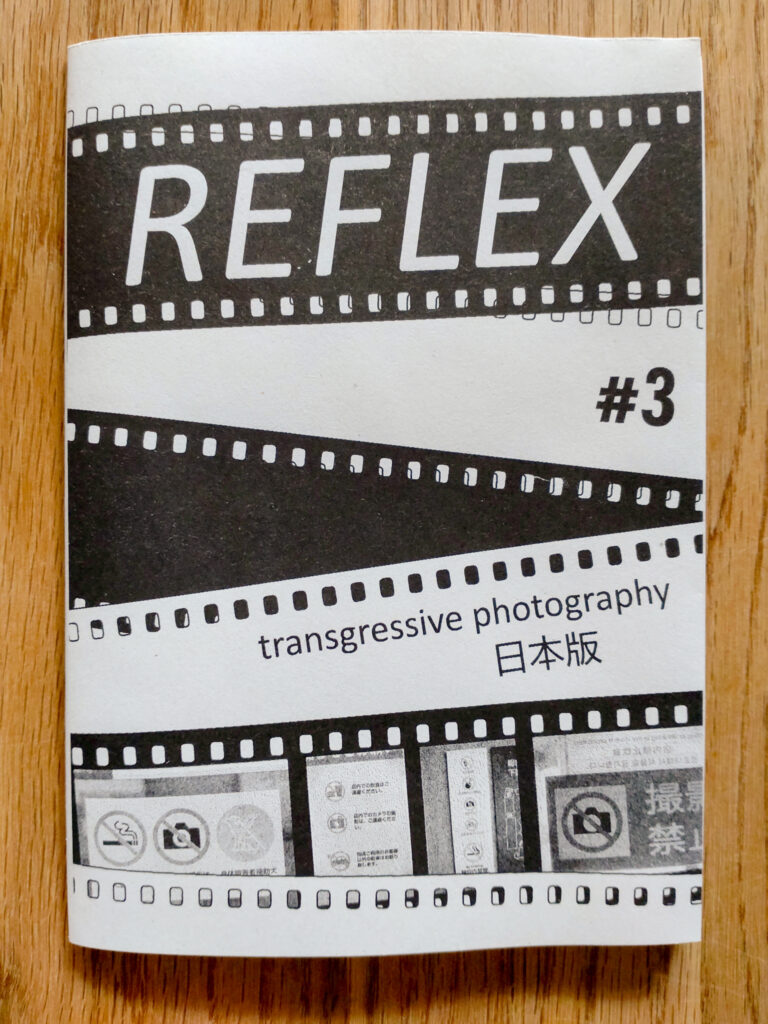
Reflex #3 is a small collection of 攝影禁止(‘photography prohibited’)-signs from Japan, and an attempt at transgressive photography, since I had to photograph the signs to collect them.
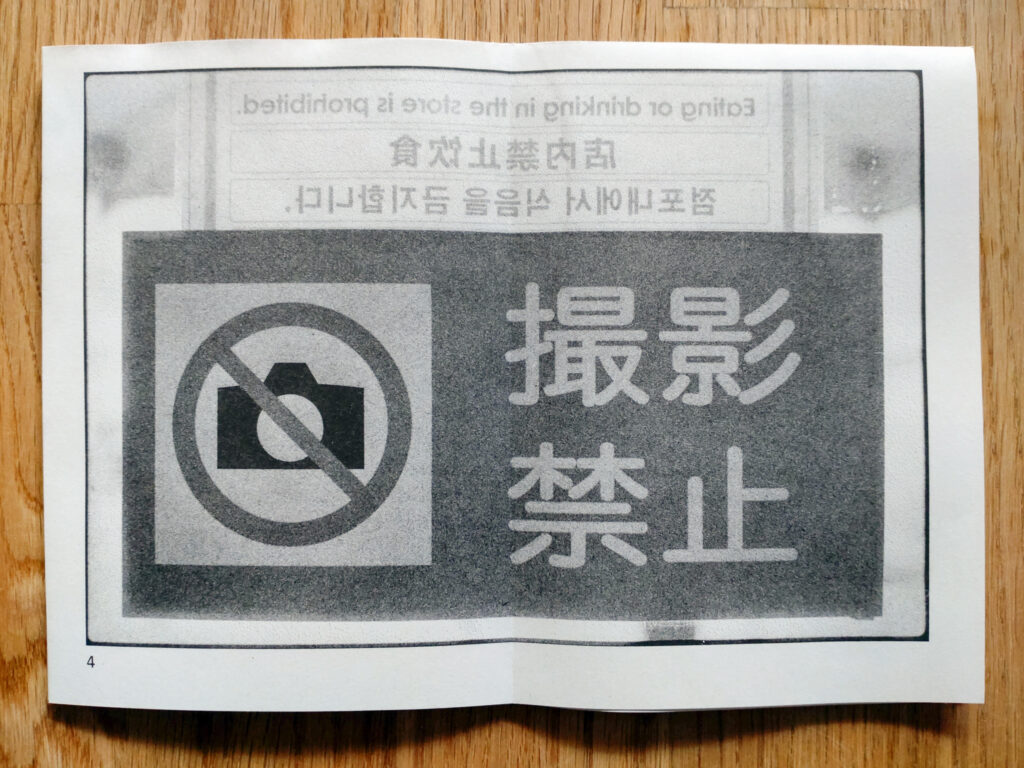
Printed and available for sale at the nachladen.

Reflex #3 is a small collection of 攝影禁止(‘photography prohibited’)-signs from Japan, and an attempt at transgressive photography, since I had to photograph the signs to collect them.

Printed and available for sale at the nachladen.
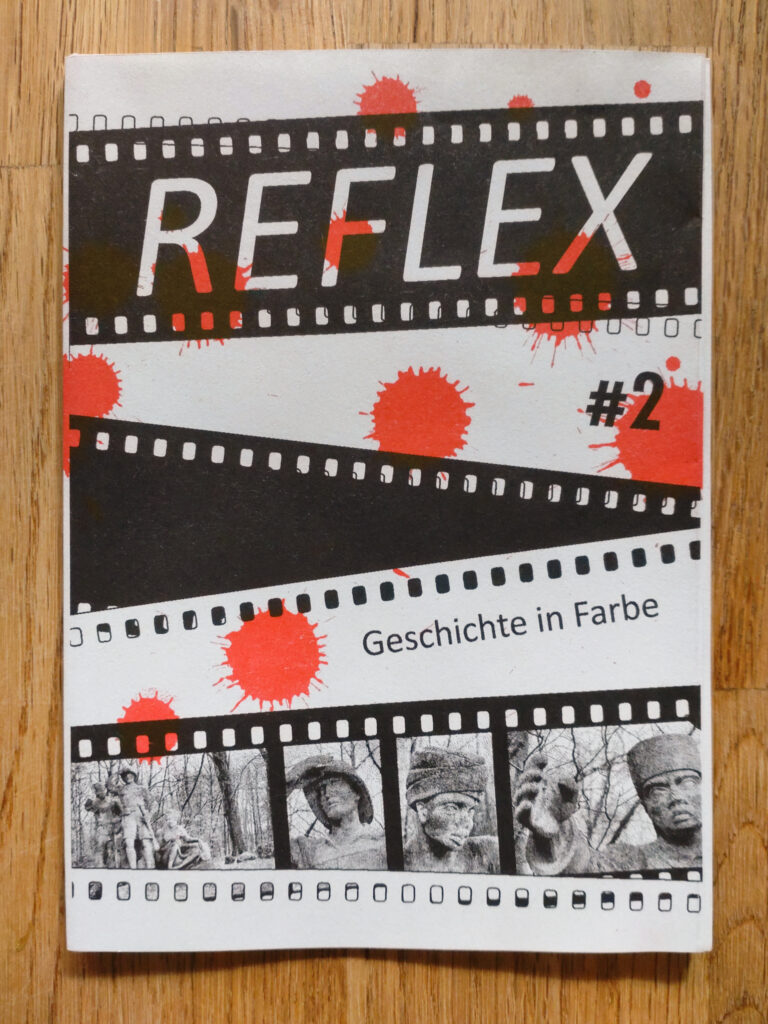
Reflex #2 offers an approach to the Deutsch-Ostafrika-Gedächtnismal (German East Africa memorial) in Aumühle, Schleswig-Holstein. This issue explores the addition of colour to my usual monochrome photos, making full use of the multi-layered Riso printing process.
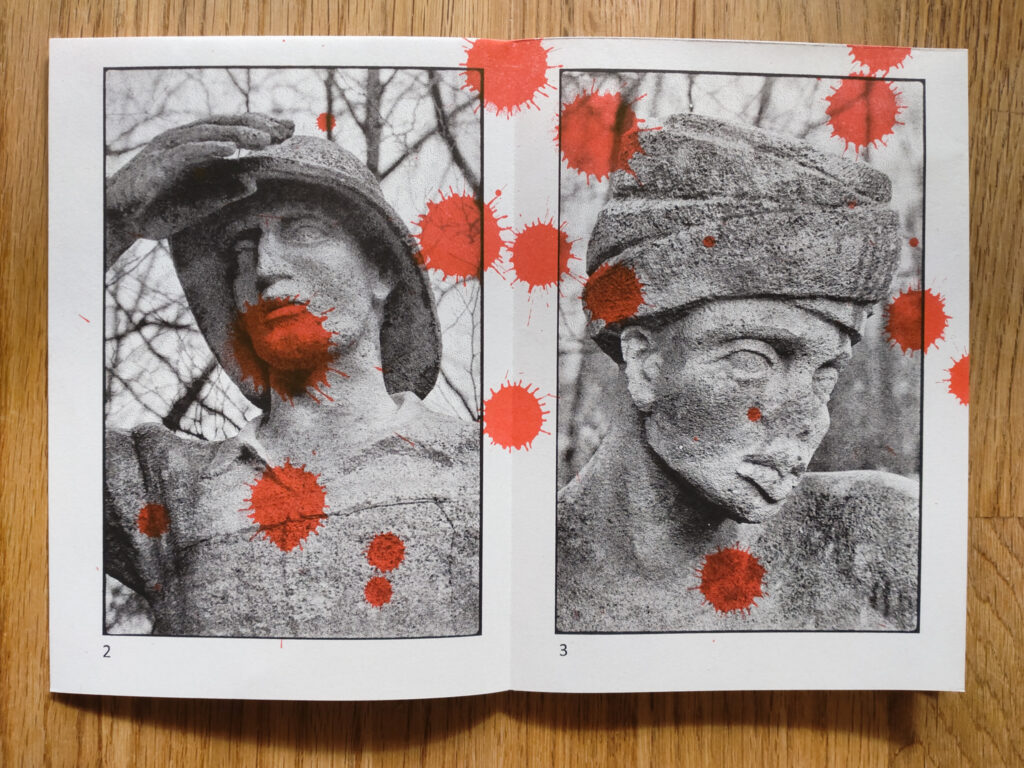
Printed and available for sale at the nachladen.
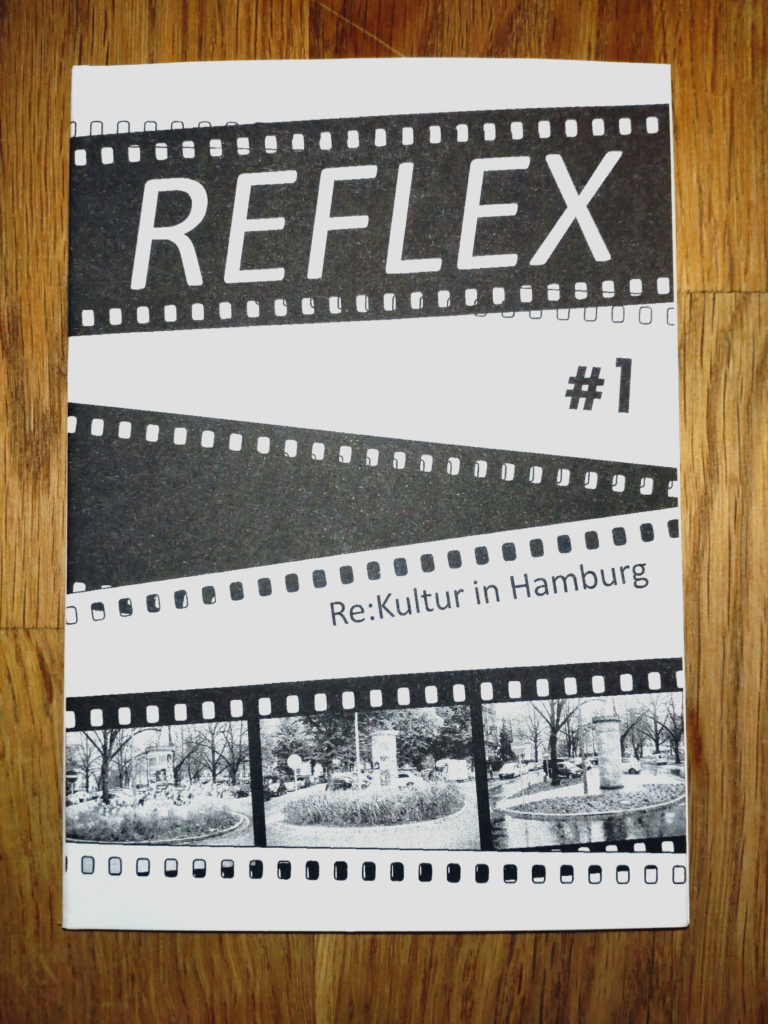
Reflex is back: In handy DIN A6 format, folded without staples or glue from a single side A3 risograph print, to yield six pages. This first issue contains three photos illustrating the technique of rephotography.
Printed and for sale at nachladen.
Contrasting with reflex’ former incarnation containing 36 photos (published quarterly), the reduced scope of the new form of six pages, allowing either the printing of three horizontal photos or six vertical ones, not only makes the publication more accessible to the viewer, it also makes printing much more economical. Perhaps most important, the brevity allows me to speedily pursue and publish photographic ideas, allowing for new explorations of form, content and approach, to be published in regular intervals.
Rephotography: Same building, different times, different merchandise.

Along with the new year, more and more Christmas trees are appearing on the streets of Hamburg. At first they make their entrance alone, being dropped here and there, but soon they form assemblies or piles on the sidewalk near street corners and intersections, huddling together as if to find strength in numbers to avoid the unavoidable pickup by the waste collection crew.
There is an ebb and flow to this seasons of postchristmas: The city’s cleansing department arranges to pick up the trees on two scheduled dates after the usual end of christian Christmas festivities on the 6th of January. Even before this, the first lone trees can already be seen as early as New Years Day, as if eager to get out of the houses and appartments. Their numbers peak around the appointed collection dates, after which the trees all but disappear from the streets. The best trees, however, appear later, sometimes much later.
Unable to rely on strength in numbers, and slyly displaying their former owner’s trangsgressive behaviour of missing the scheduled dates for pickup, these rare specimen of bone dry latecomers can appear as far removed from Christmas as Easter, contrasting with a surrounding changed by the coming of spring and the distance from the holiday season. These are the prized, clearest expressions of postchristmas, which require persistence and sheer luck to find.
Postchristmas season has just begun.

Nachdem ich die letzte Gruppenausstellung von Gurkenkunst (Oktober 2020) verpasst hatte, war ich dieses Mal wieder dabei:
Vom 03.09.–30.09.2022 zeigte Tim Reuscher im nachladen in der Sternstraße 17 die Gurkenkust junger lokaler und auswärtiger Kunstschaffender. Eröffnung war am Samstag, 03.09., 14:00h–19:00h.
Immer für eine Überraschung gut, es lohnte sich reinzuschauen.
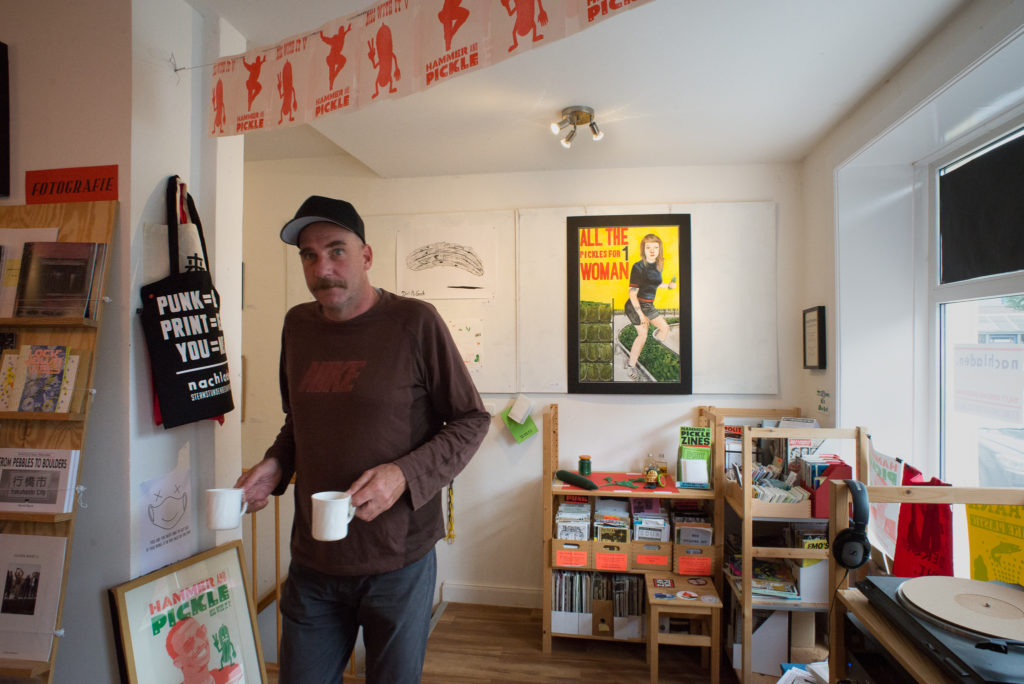
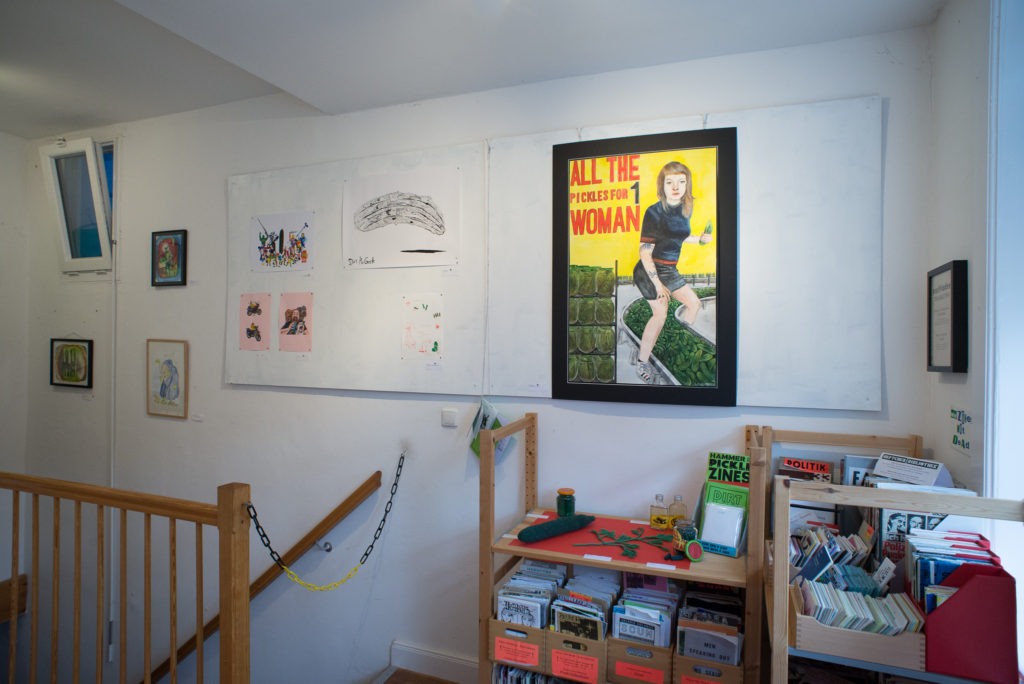
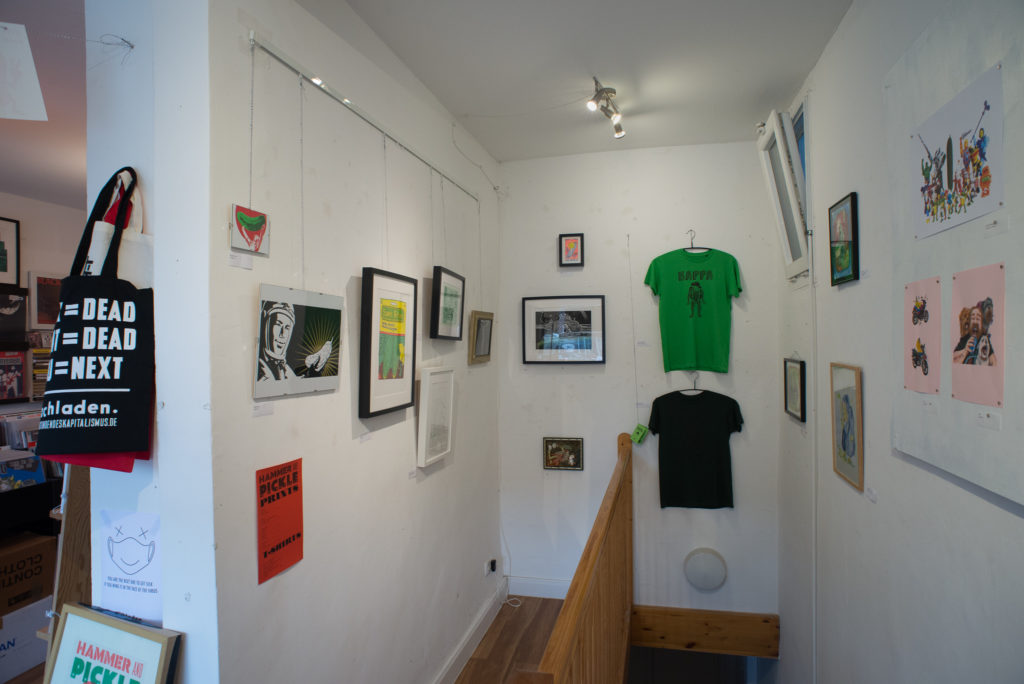
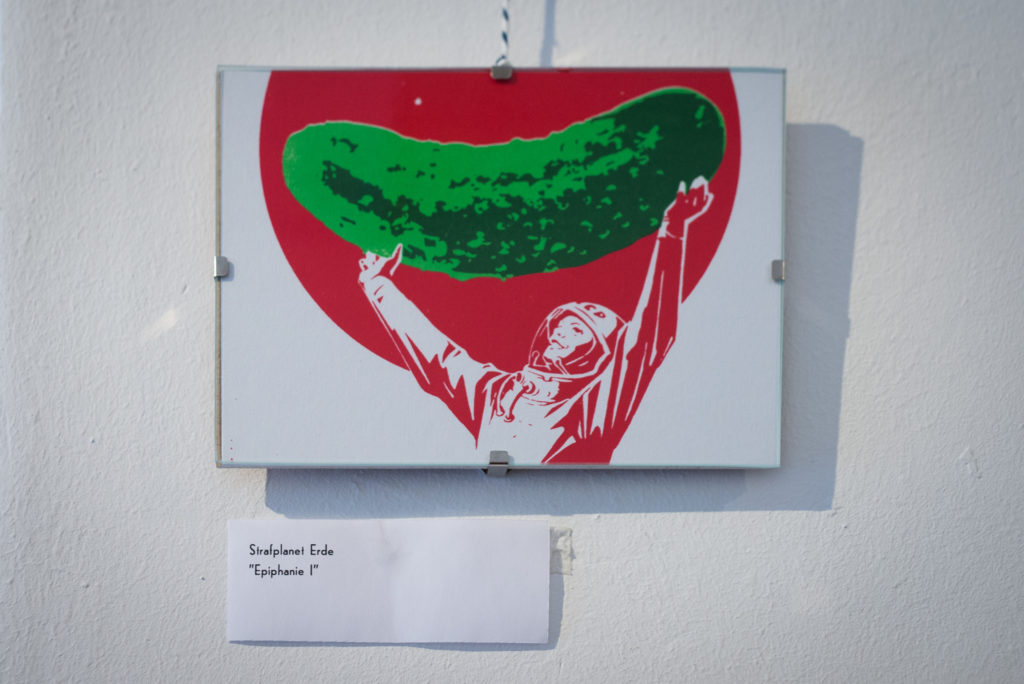
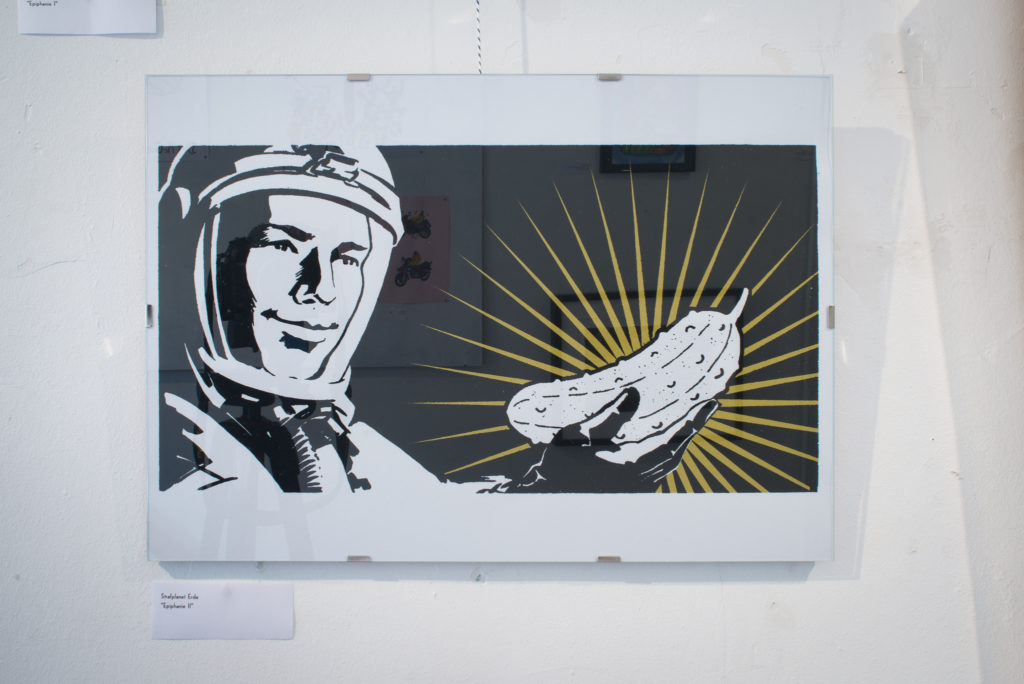
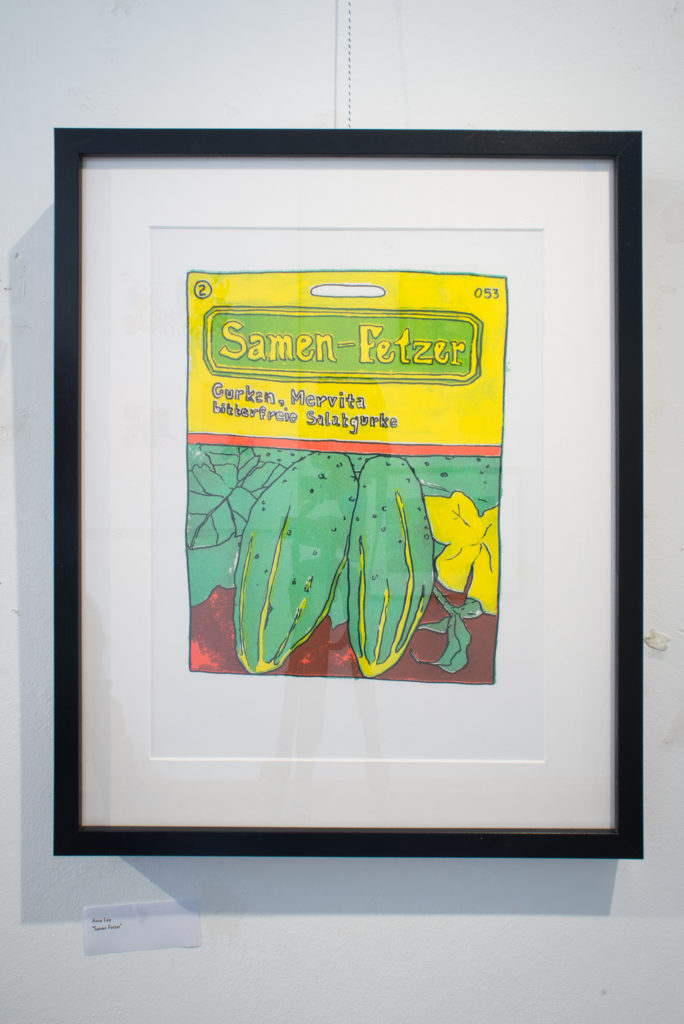
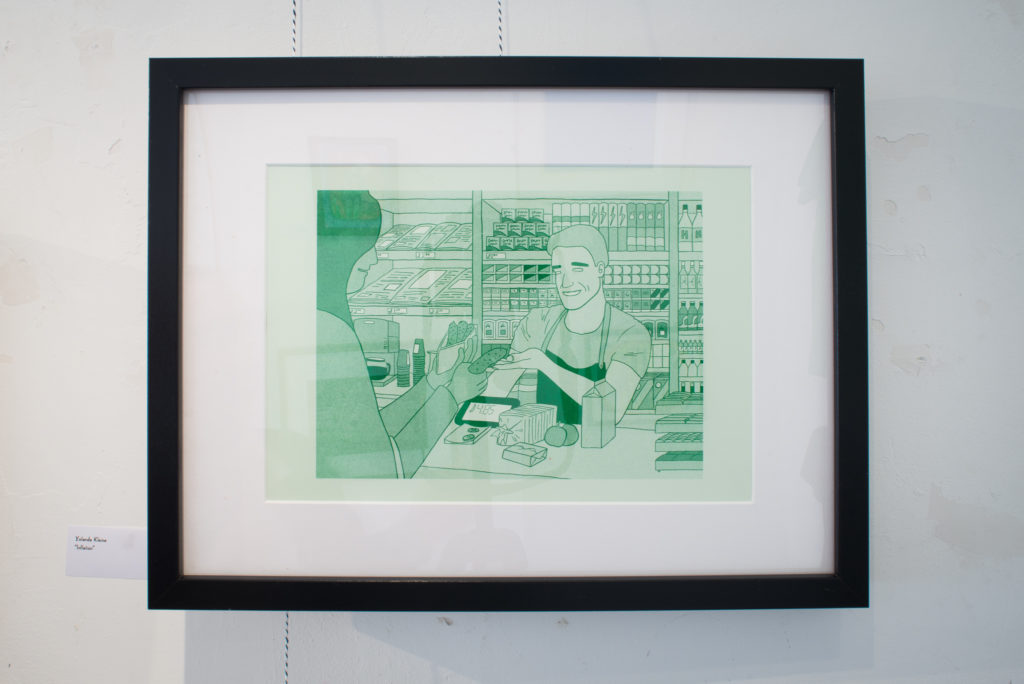
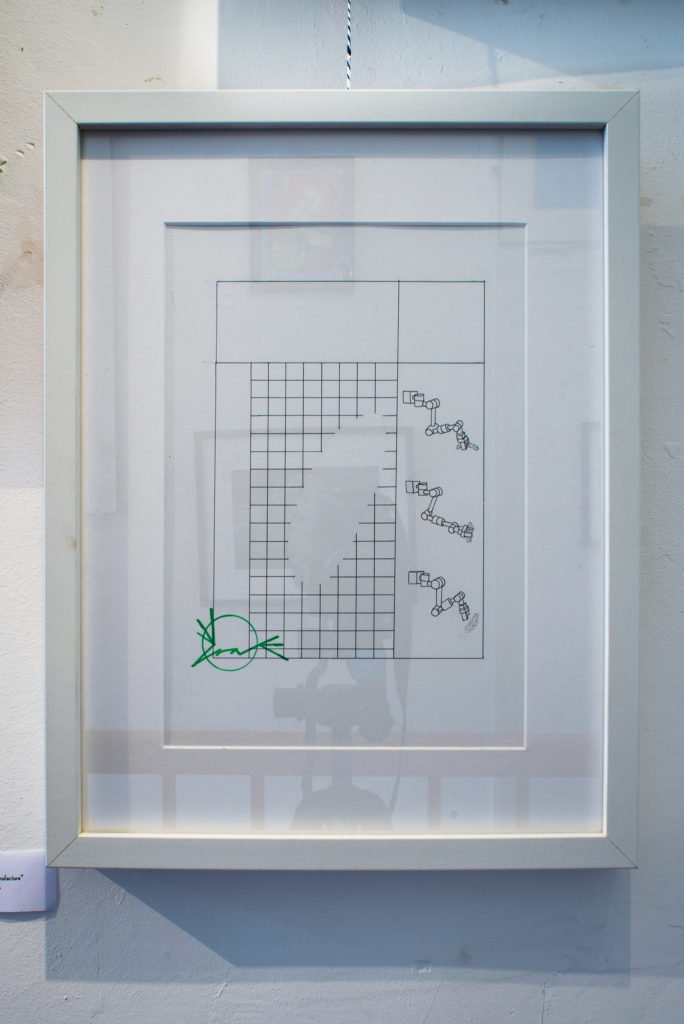
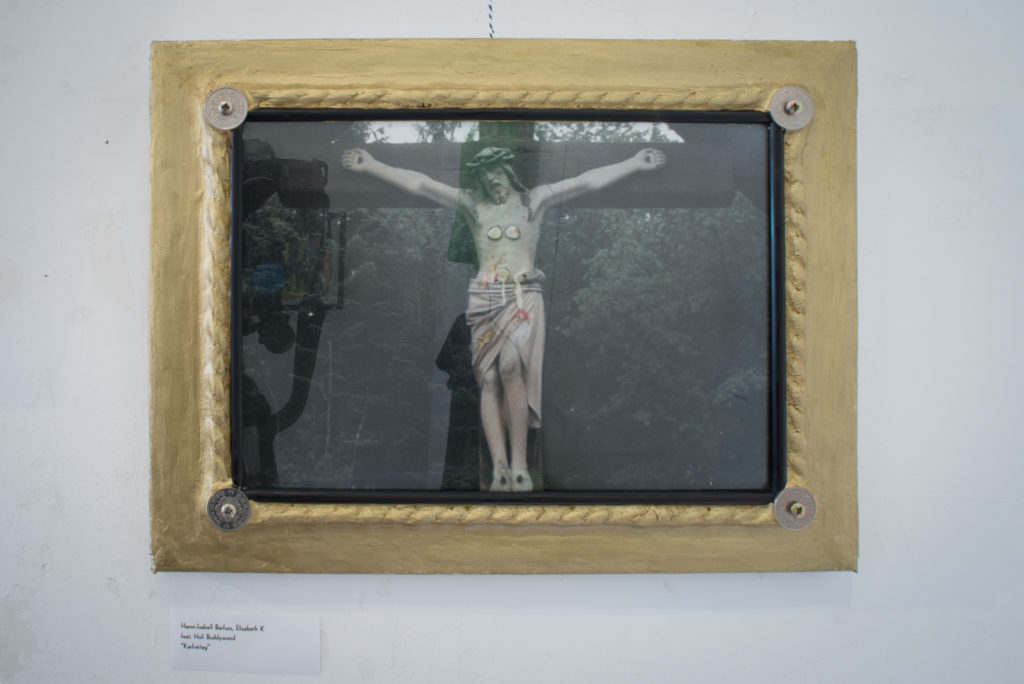
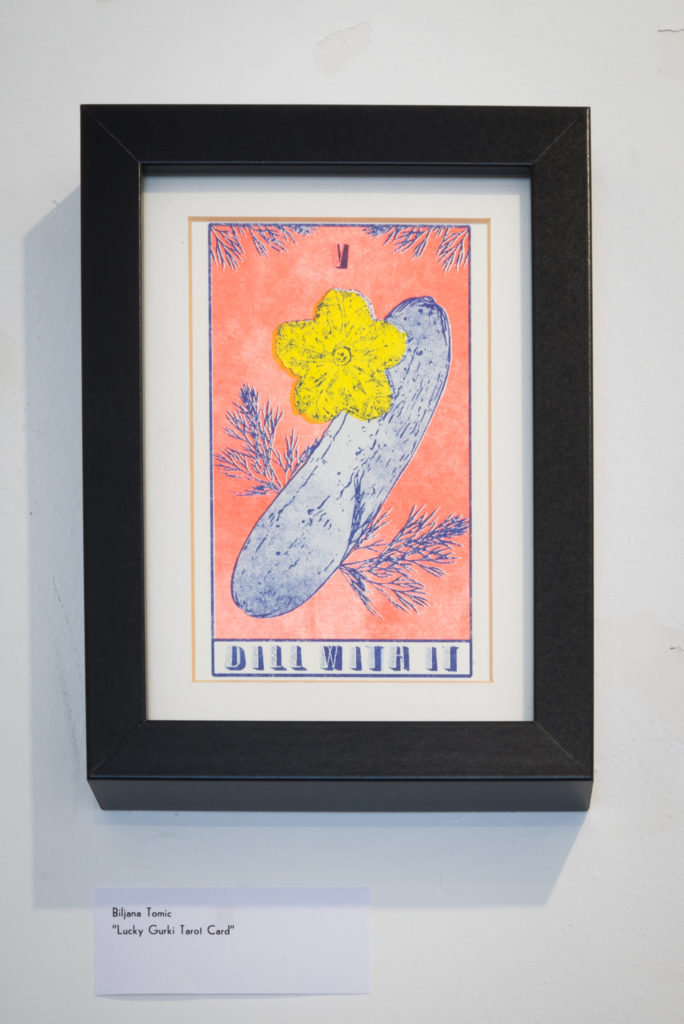
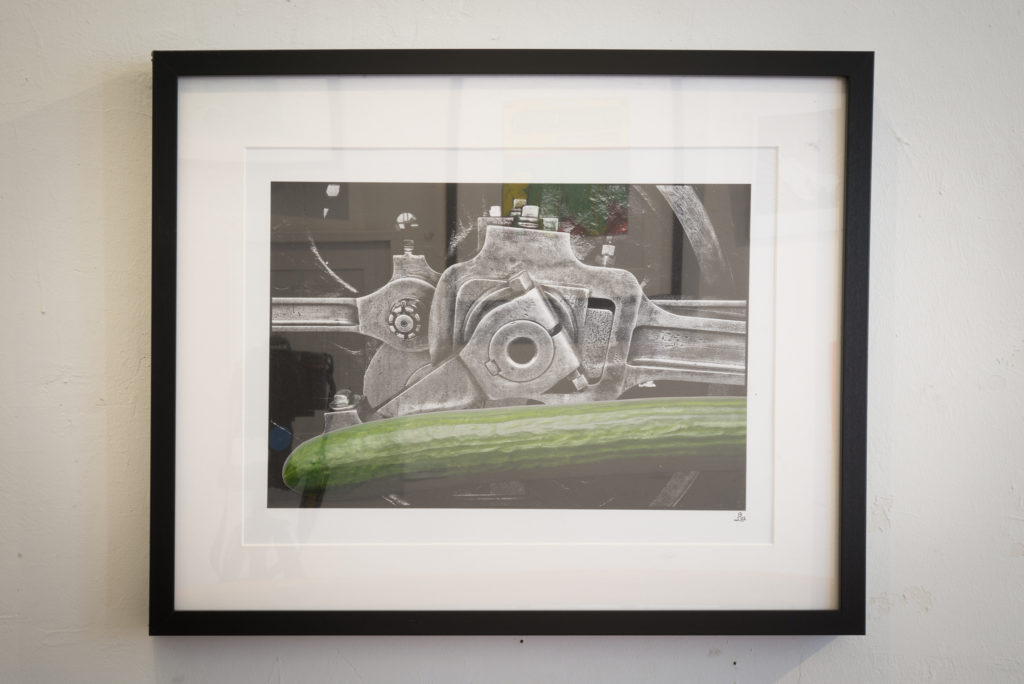
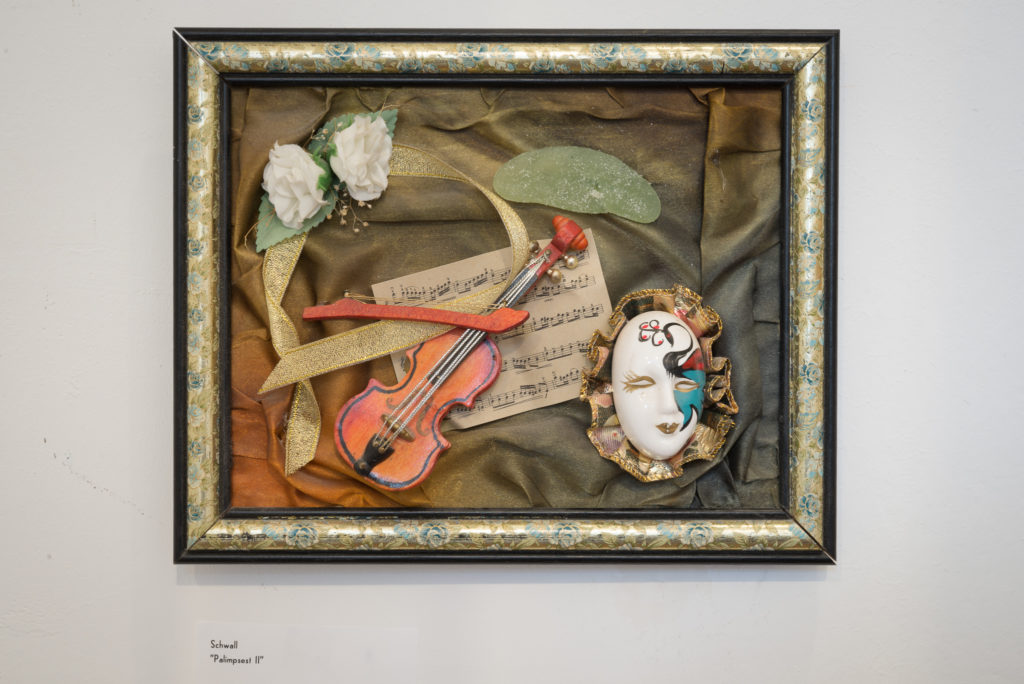
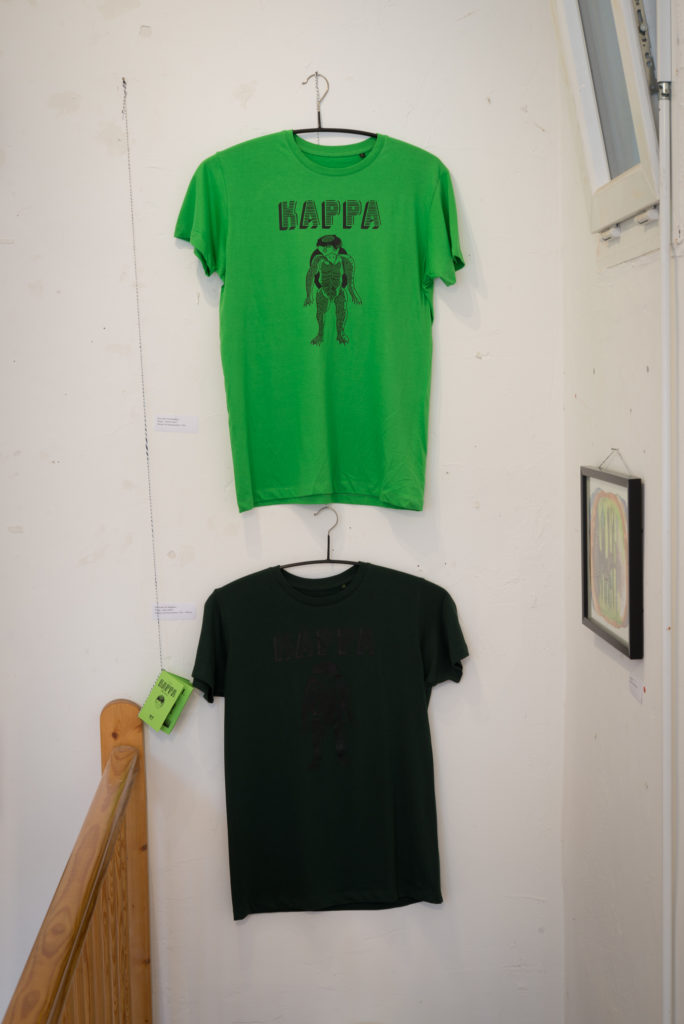
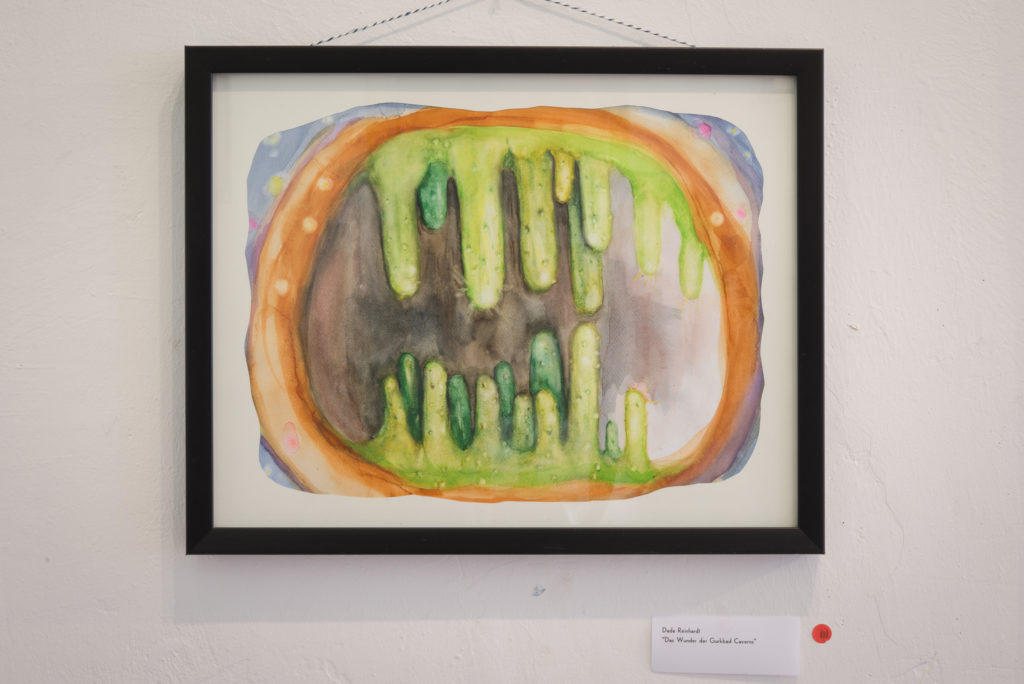
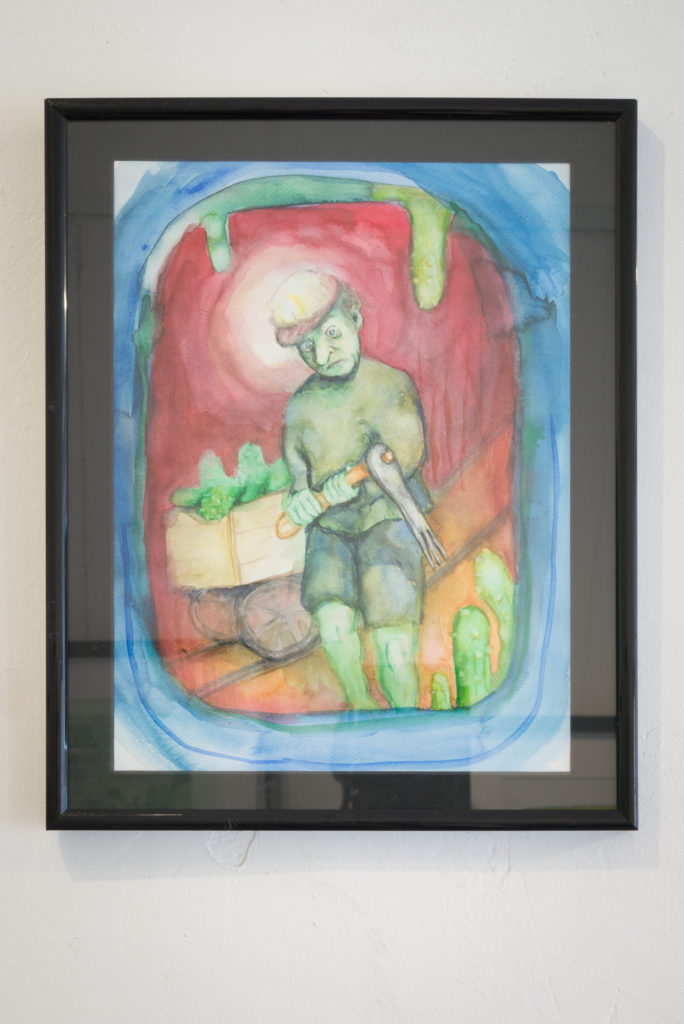
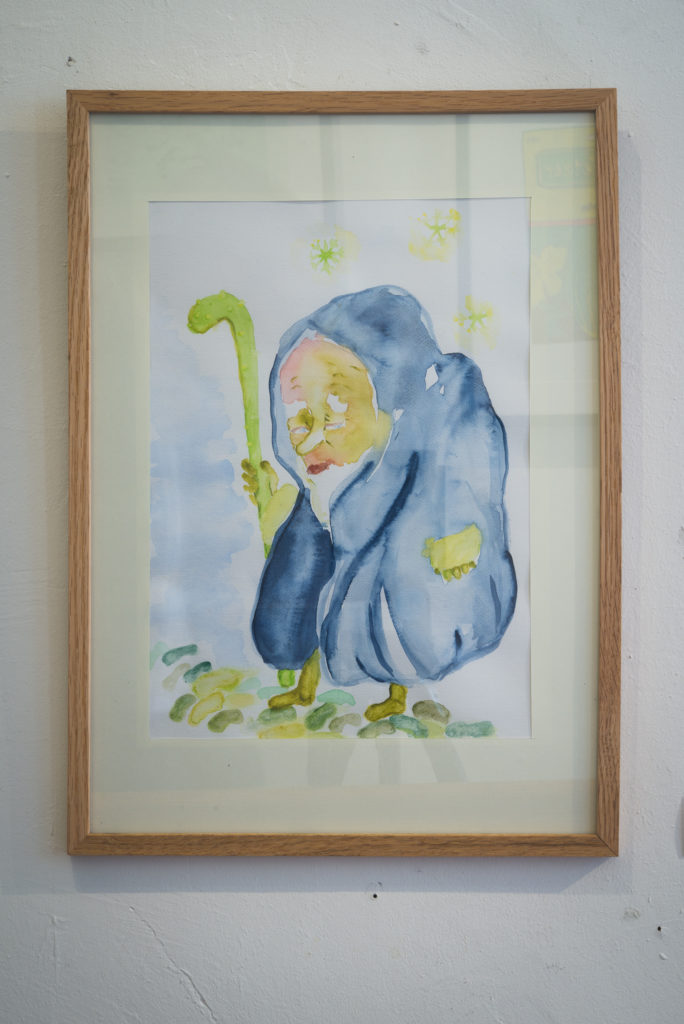
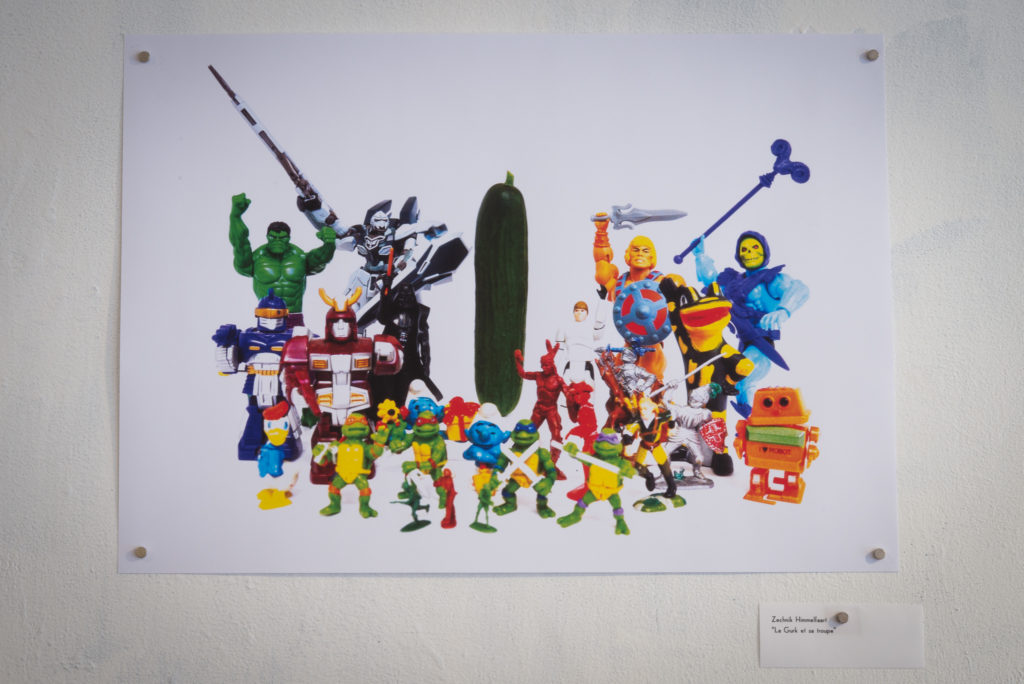
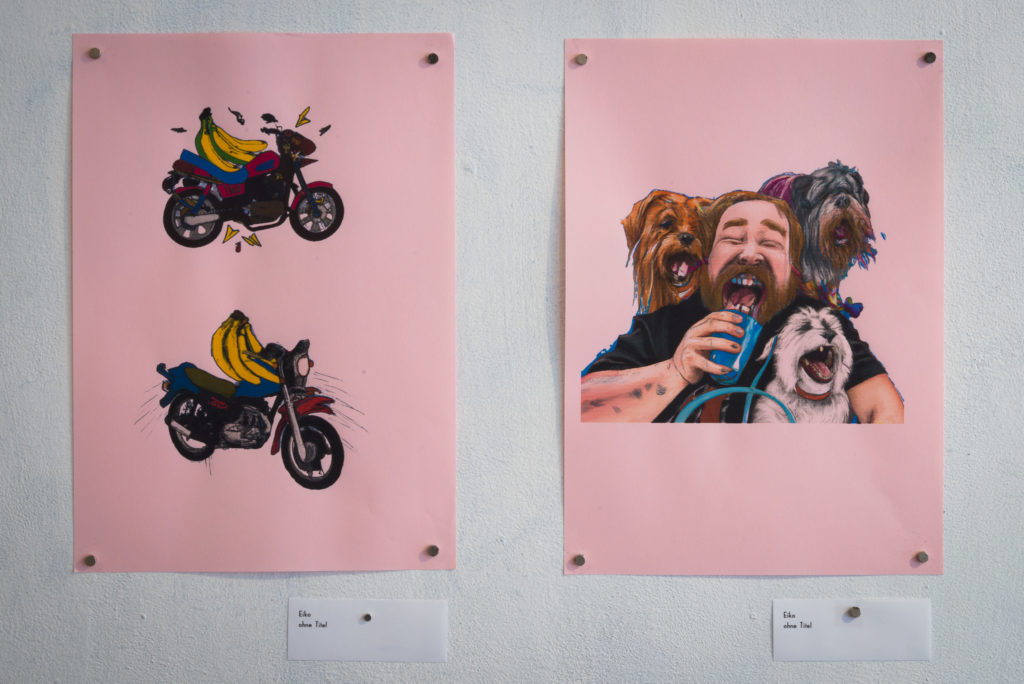
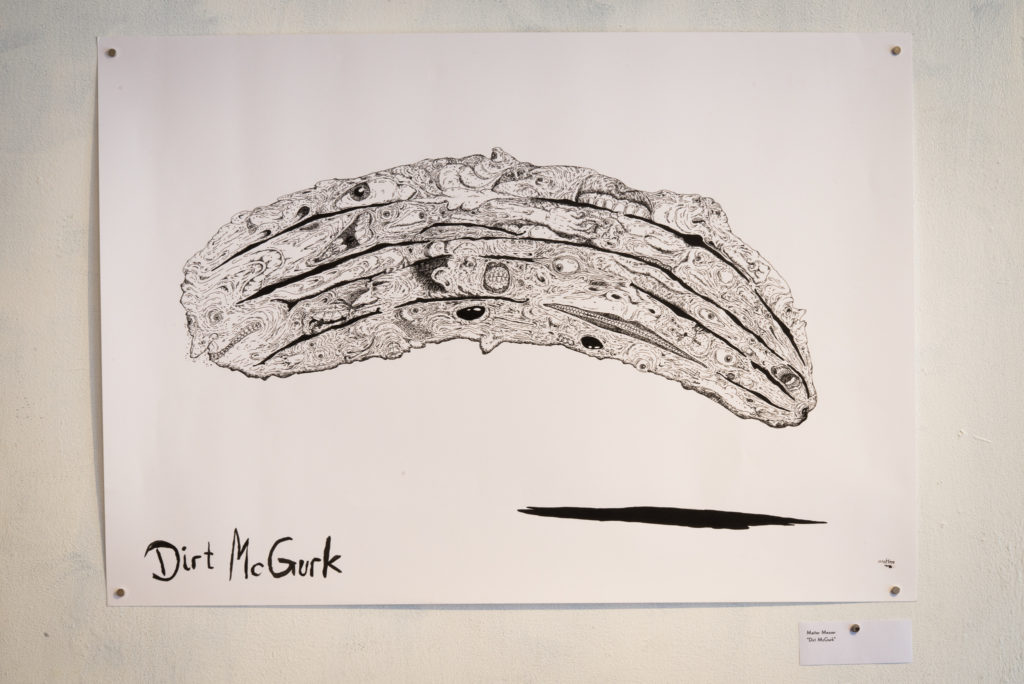
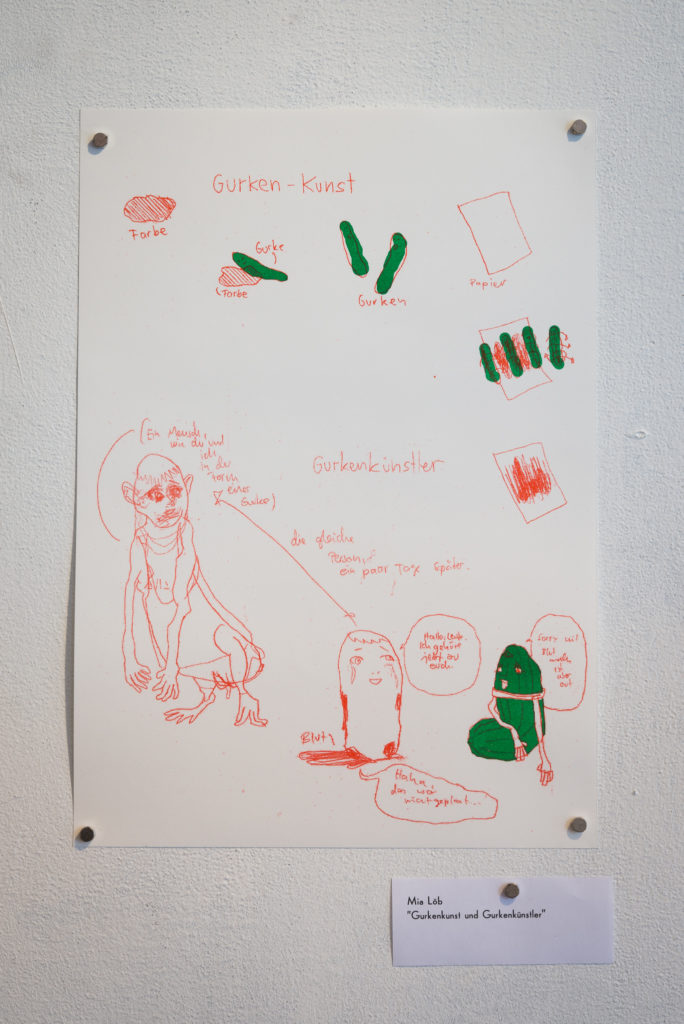
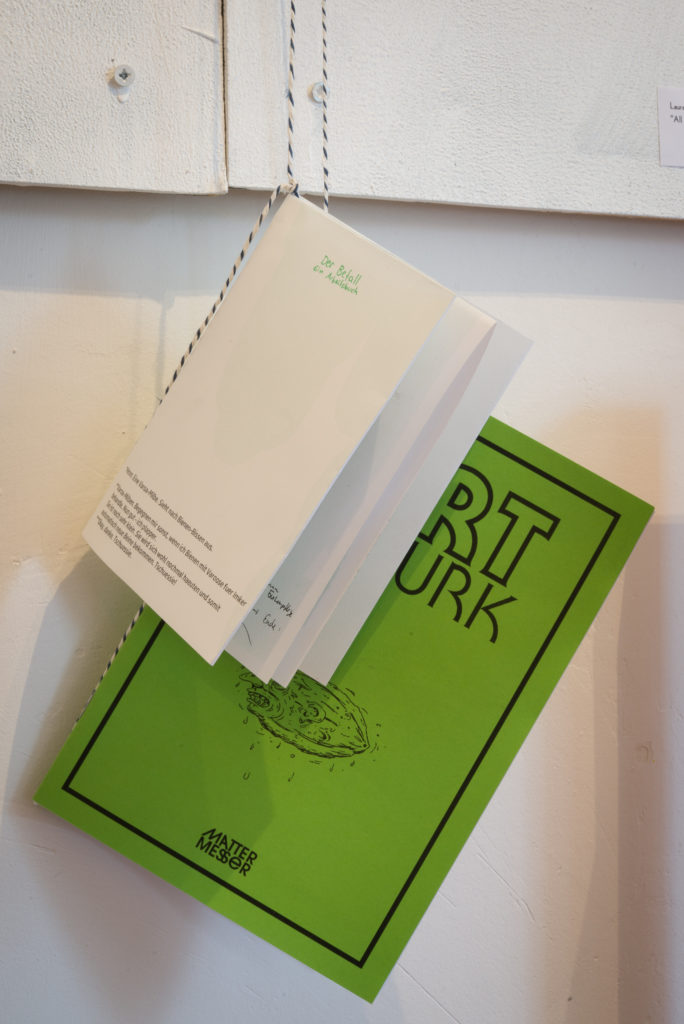
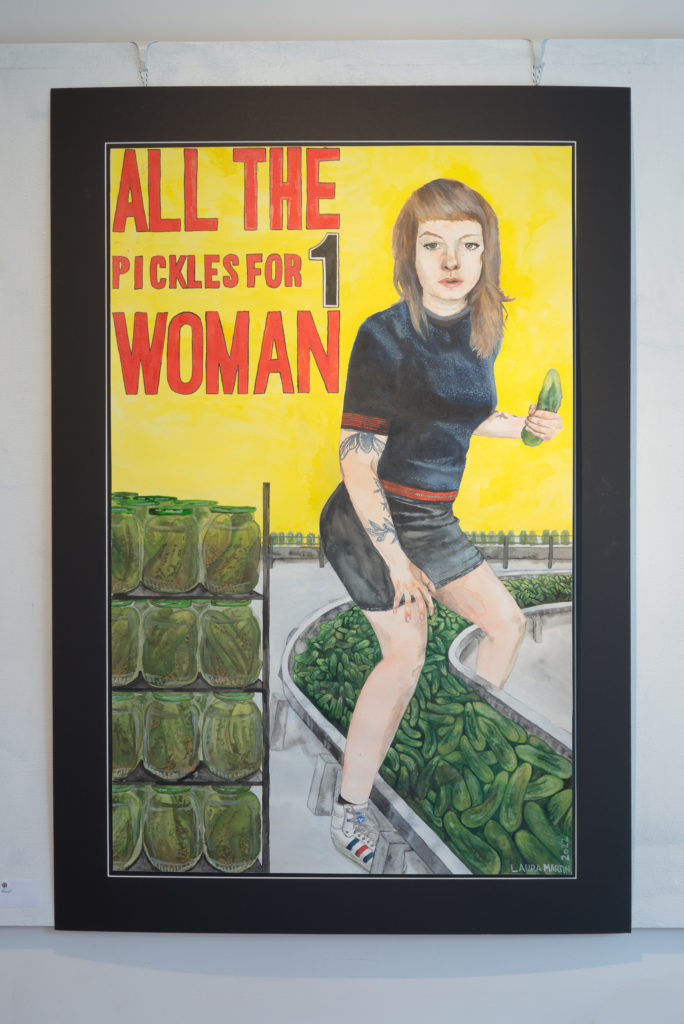
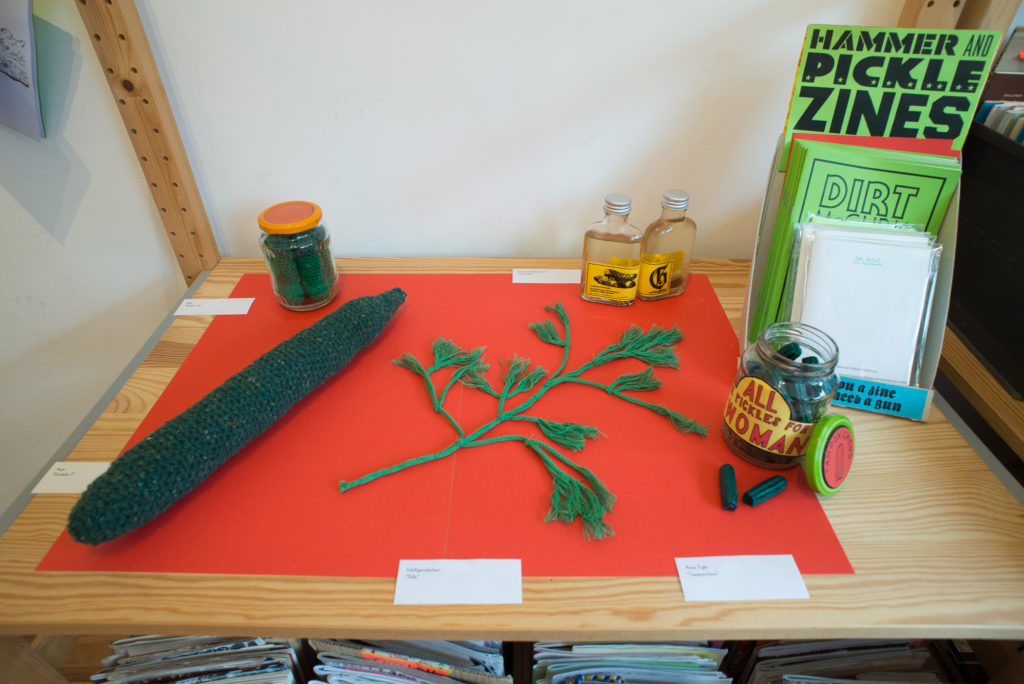
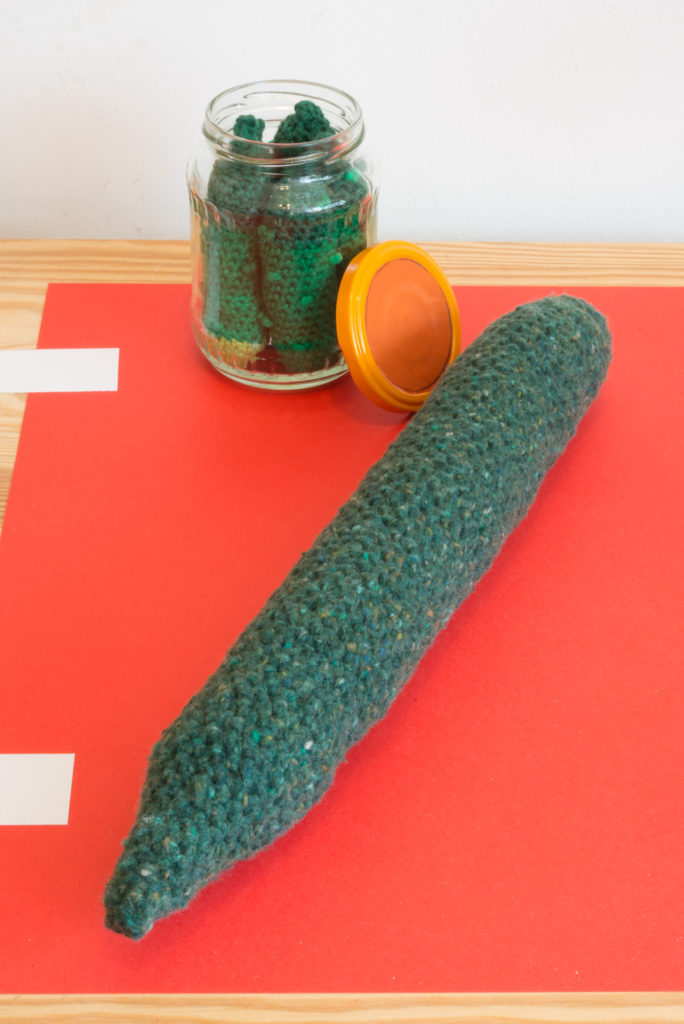
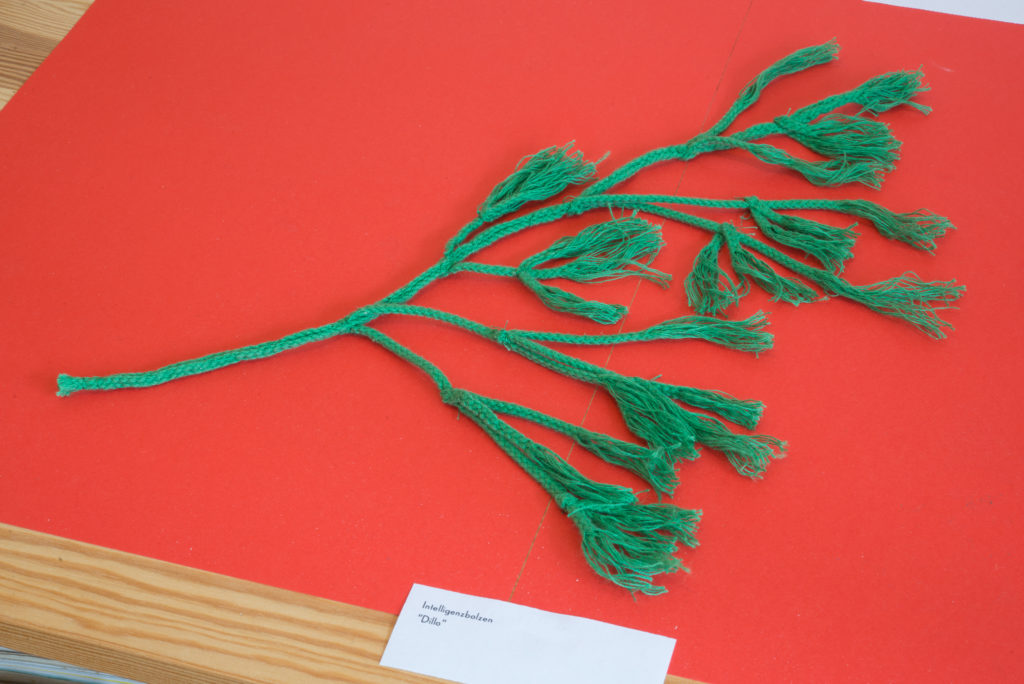
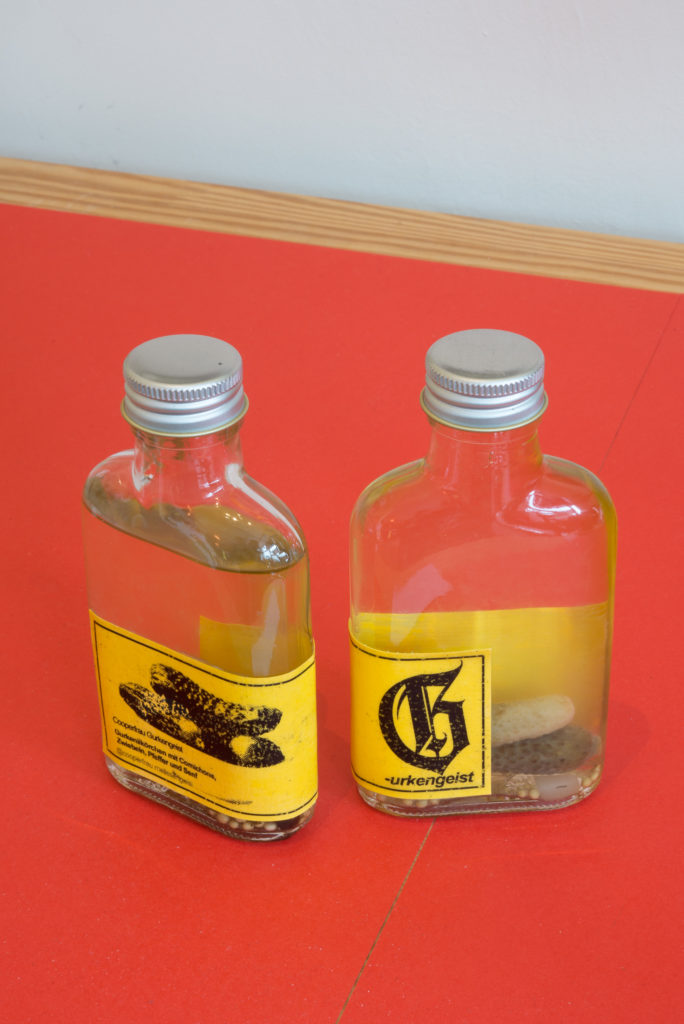
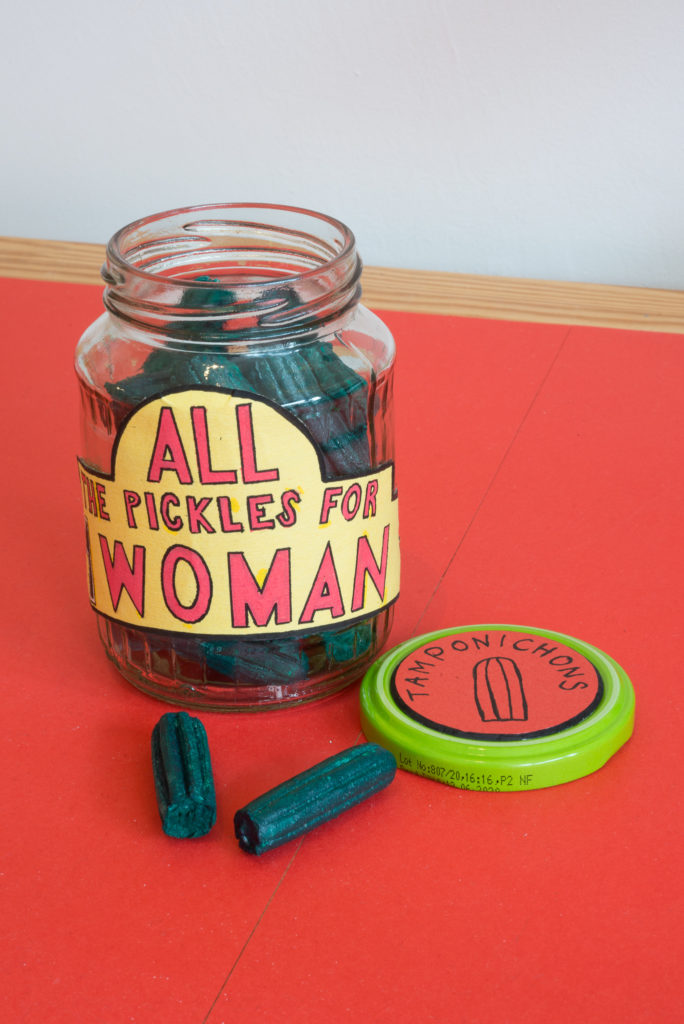
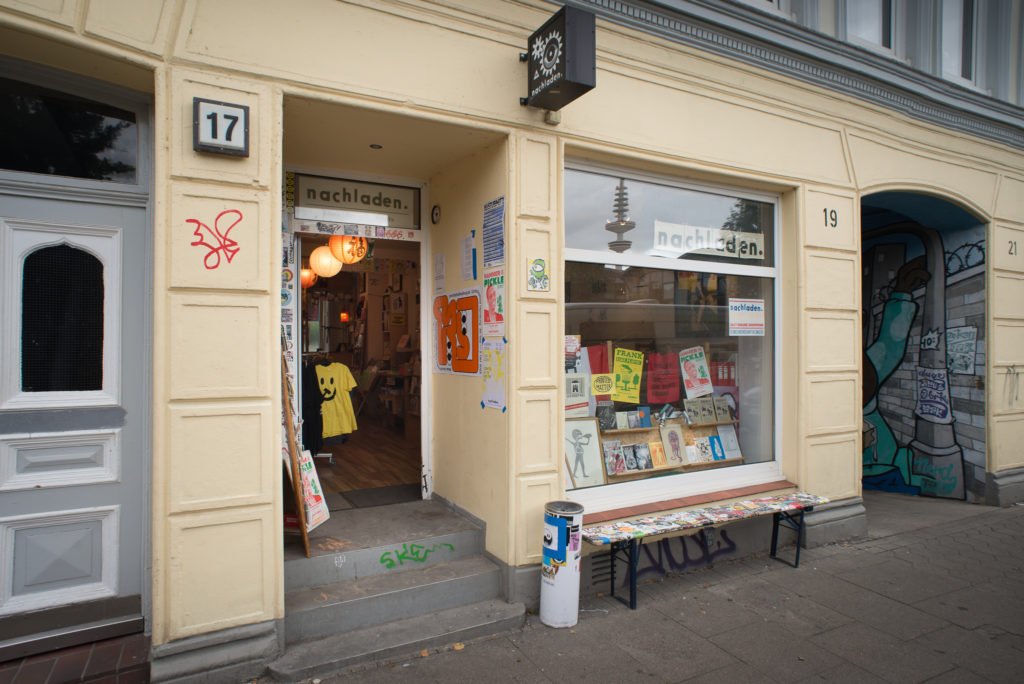

Photo taken without involvement of a photographer: When I bowed down to adjust my shoestrings, the camera belt slipped from my shoulder, sending the camera on a swift descend towards the parking-lot tarmac. On impact, the shutter of the camera fired, resulting in the image above. Luckily the camera shrugged it off, save for a few scratches in the bottom plate.
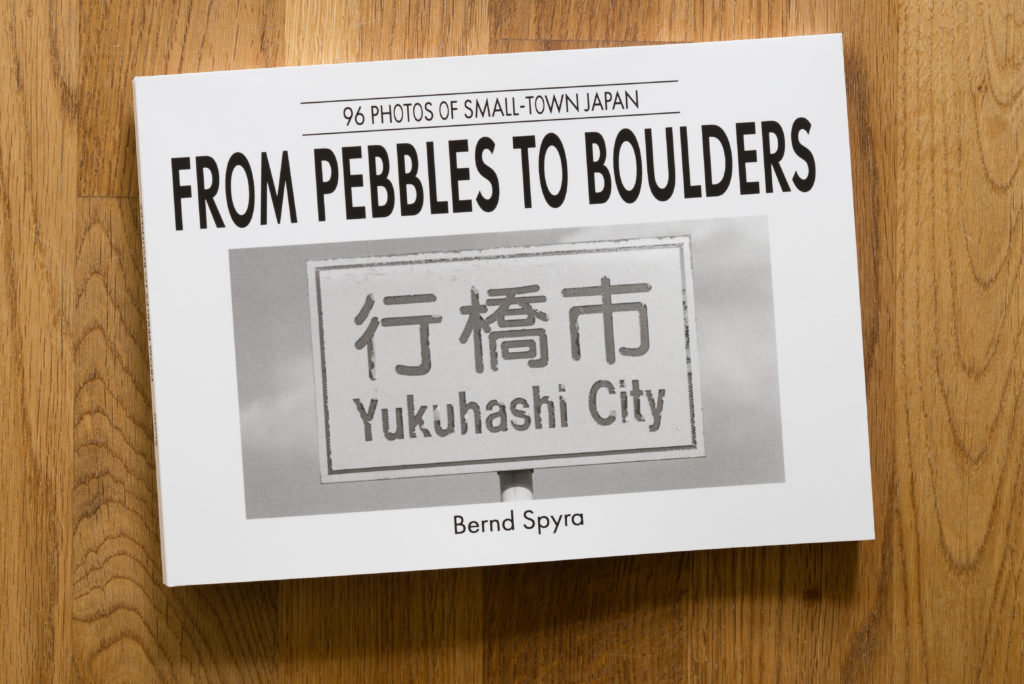
As already described here and here, the emerging COVID-19 pandemic left my wife and me stranded in her hometown Yukuhashi from March to July 2020 — right after the birth of our son. During that time, I carried a camera wherever I went, resulting in the capture of a large number of scenes of the local landscape, stones, rivers, houses, people, economy, politics, COVID-19, popular mythology and religion … my perspective on Japan “from pebbles to boulders,” so to speak.
Back in Hamburg, work was begun to edit the photos into bookshape. Being a side-project to my research, it took until September of this year to see the publication of the finished book. While 38 cartridges of film were carefully exposed and developed by hand in Yukuhashi, only 96 of the resulting photos were selected and arranged for this book, the layout being handled by Shoko Tanaka.
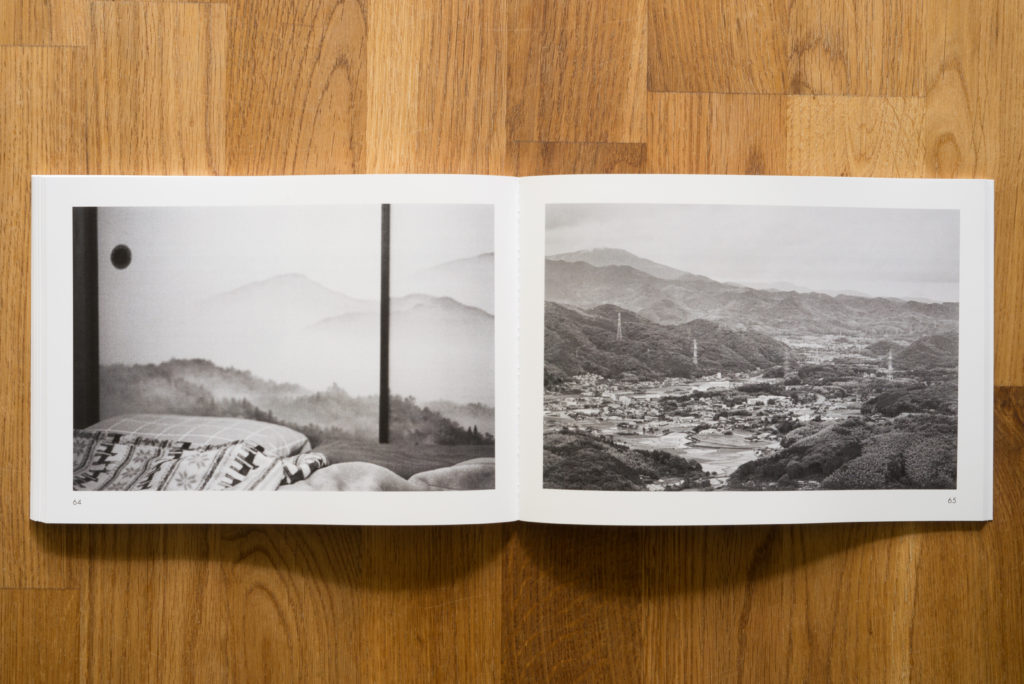
The book is printed to order by Norderstedt’s finest “Books on Demand” printer-publisher. It can be ordered (in Europe) through any purveyor of books of your choice, i.e. your local brick and mortar bookstore (suggested!), Book on Demand’s own webstore or various online bookshops.
From Pebbles to Boulders : 96 Photos of Small-Town Japan
ISBN 978-3-75349986-4
19,49 €
Veröffentlichung eines Fotozines und Ausstellung im nachladen, (Hamburg, Sternstraße 17) im Dezember 2020.
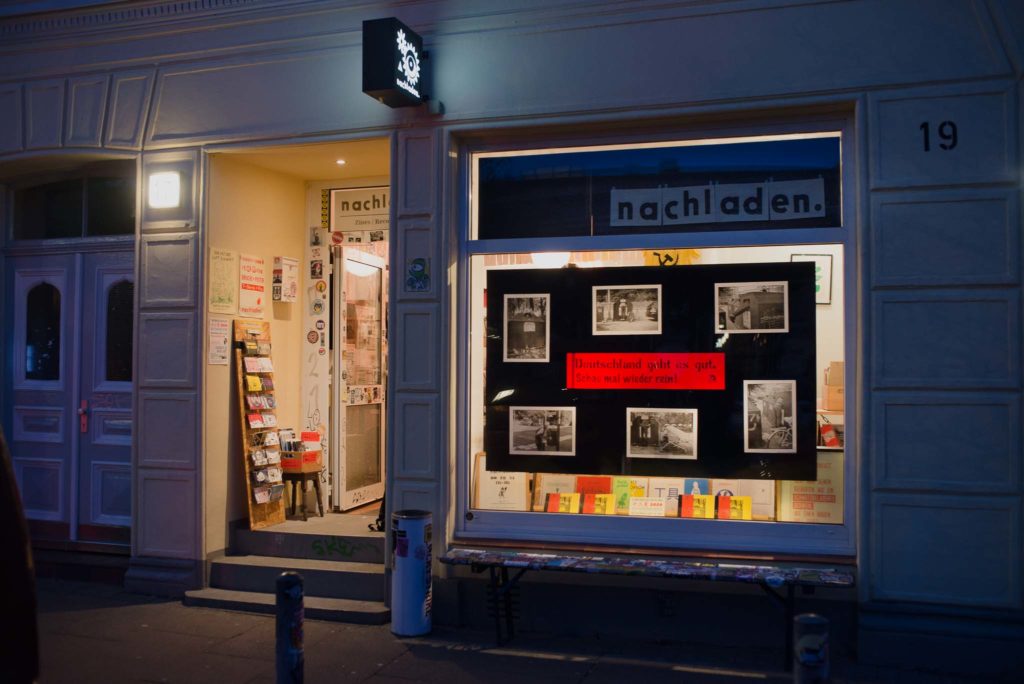
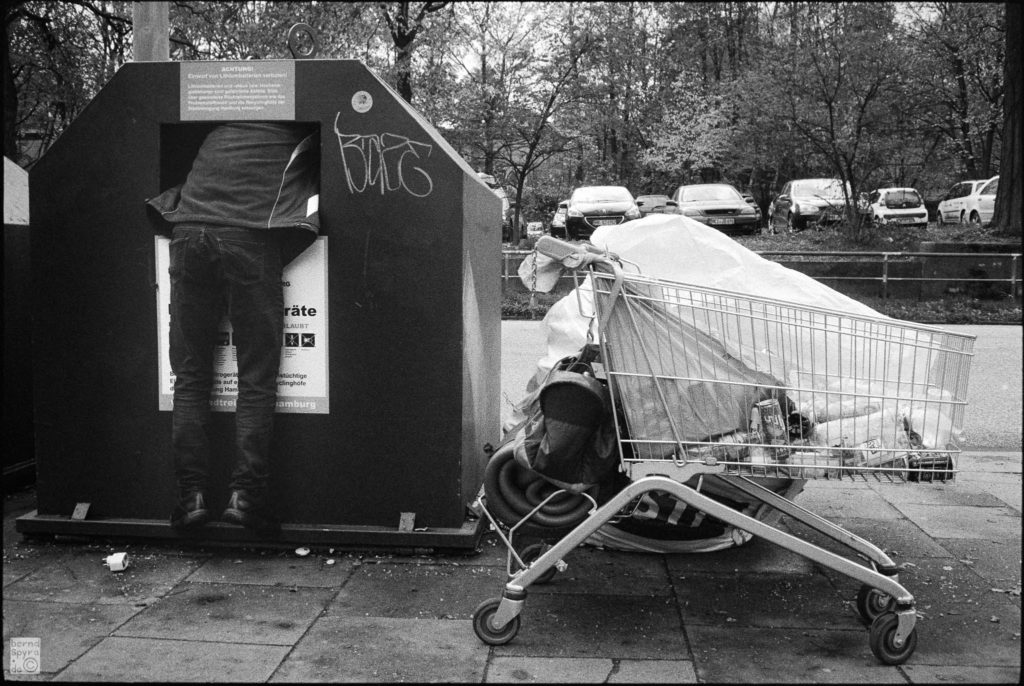
Wie geht es uns denn heute? Schaut mal wieder rein in den nachladen und findet es heraus, denn seit dieser Woche gibt es dort mein Fotozine (Design von Tim Reuscher, mit Text von meinem Bruder Frank) und eine Corona-feste Ausstellungsinstallation im Fenster. Beide zeigen Fotos die draußen in Hamburg zwischen 2018 und 2020 entstanden sind.
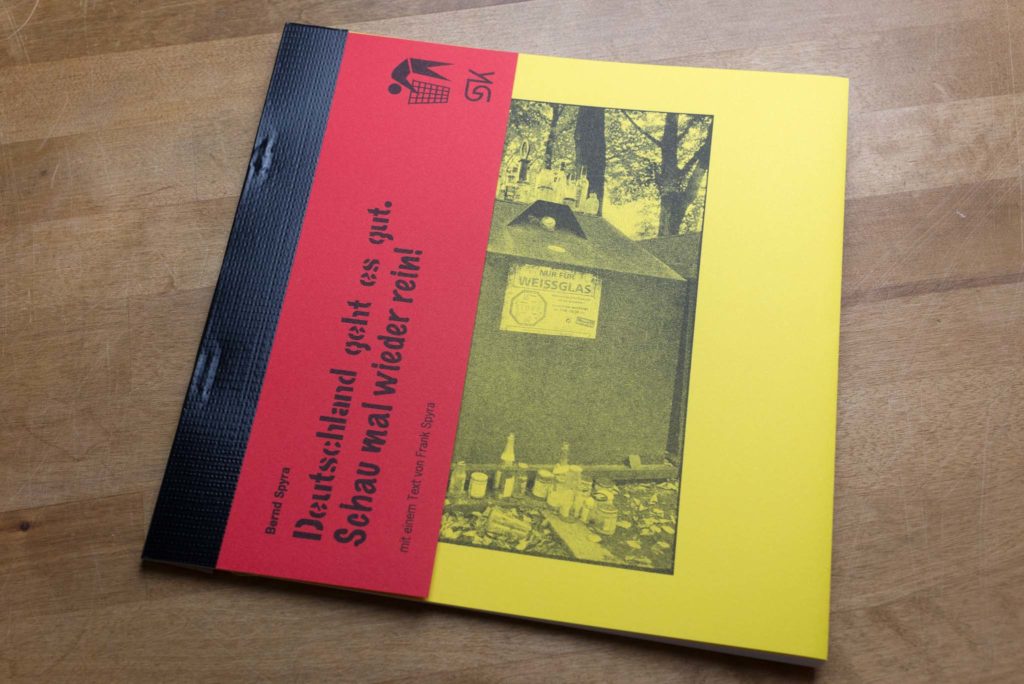
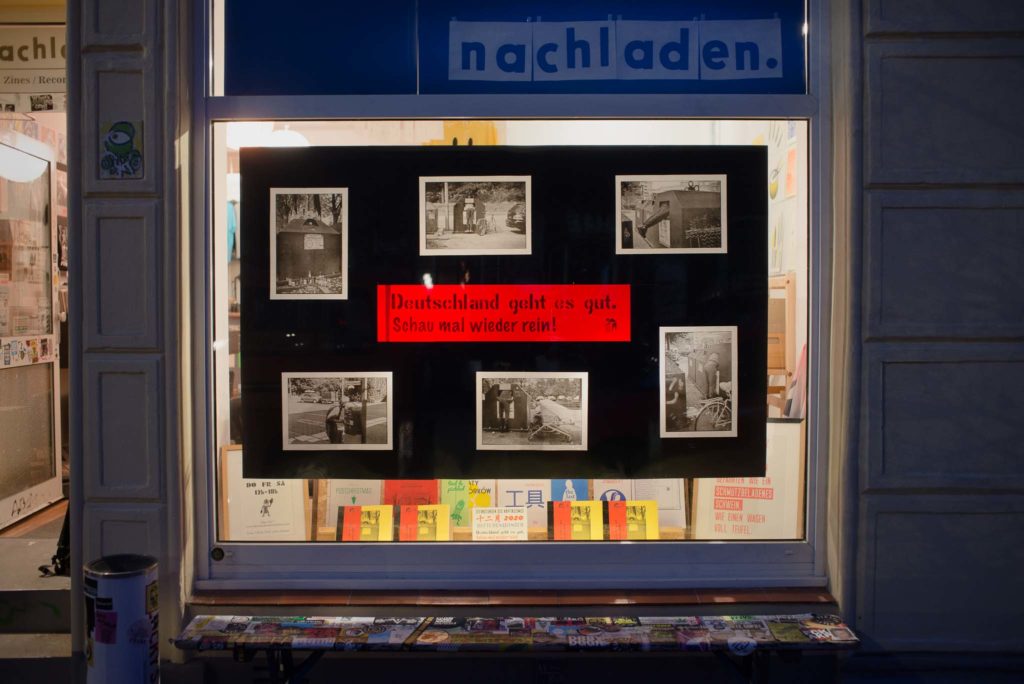
Einzelne Drucke können im nachladen erstanden werden, das Heft sowohl dort als auch im Onlinestore.